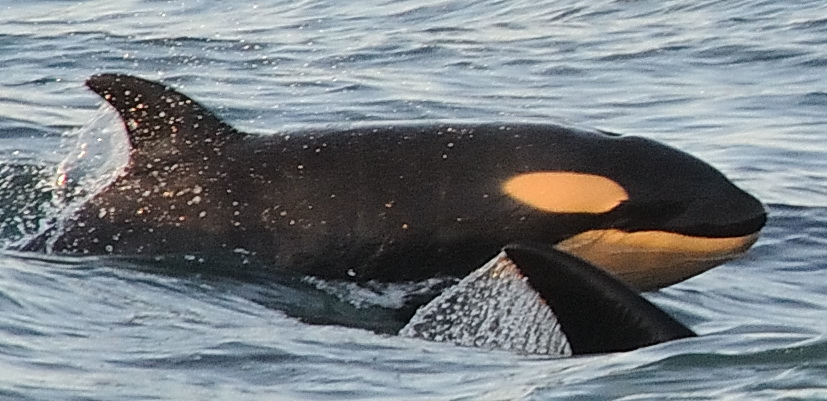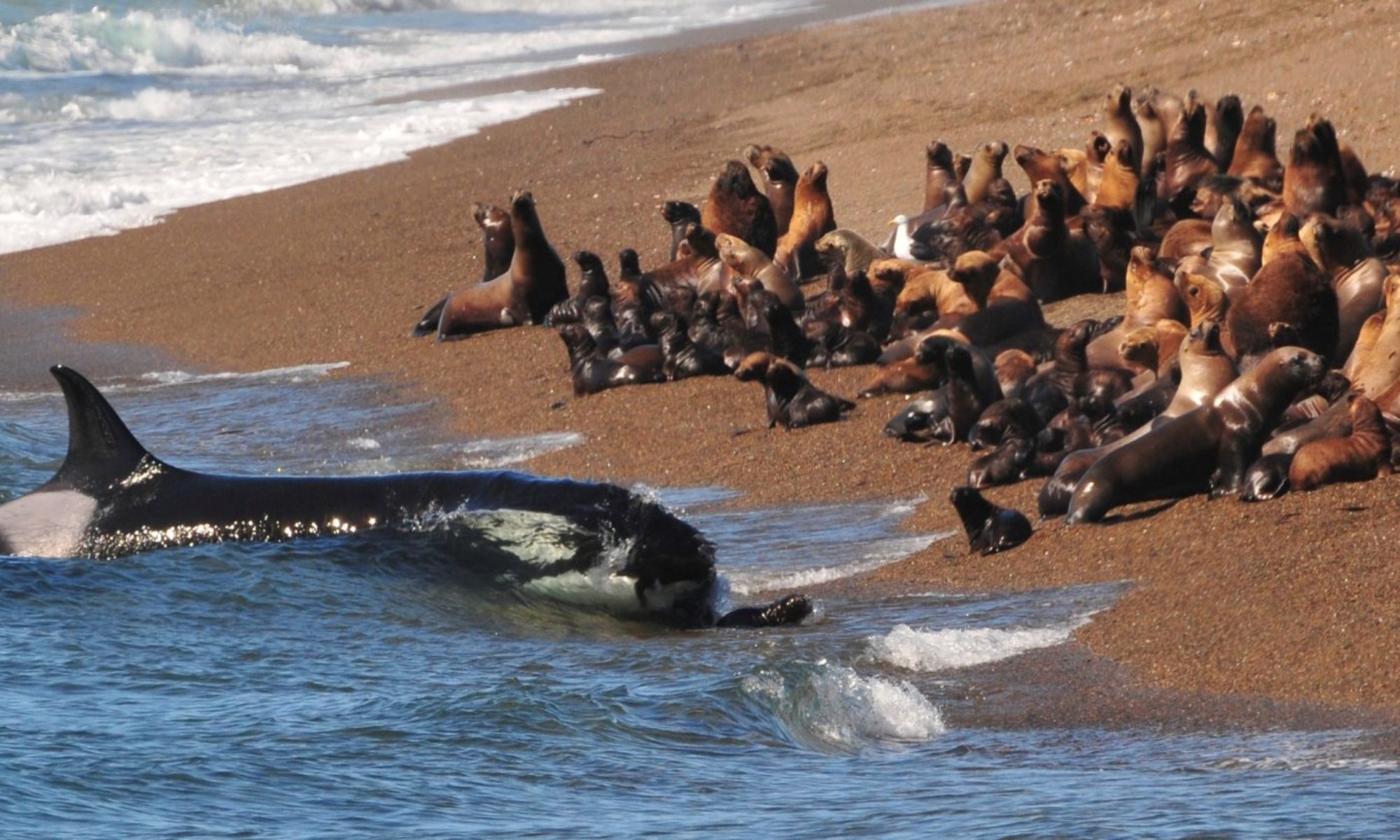A Selection of Orca Specific and Orca Relevant Scientific Publications Our Team Members Have Authored or Co-authored as Part of Their Research Around the World.
Our team of researchers, scientists and veterinarians have been publishing about orca for decades and have a wealth of knowledge about the species. Below are some of the scientific papers, reports, book chapters and conference proceedings they have been co-authors on (they have many others, on other species too). Keep in mind that some of these publications cover multiple topics (e.g., a publication about orca feeding might also include aspects to do with social networks or a paper about conservation of cetaceans would include orca by default).
We are also fortunate to have on our team people who are involved with changing legislation. Laws are an important part of our social fabric and vital in protecting wildlife. Please see our page on Laws to Protect Orca.
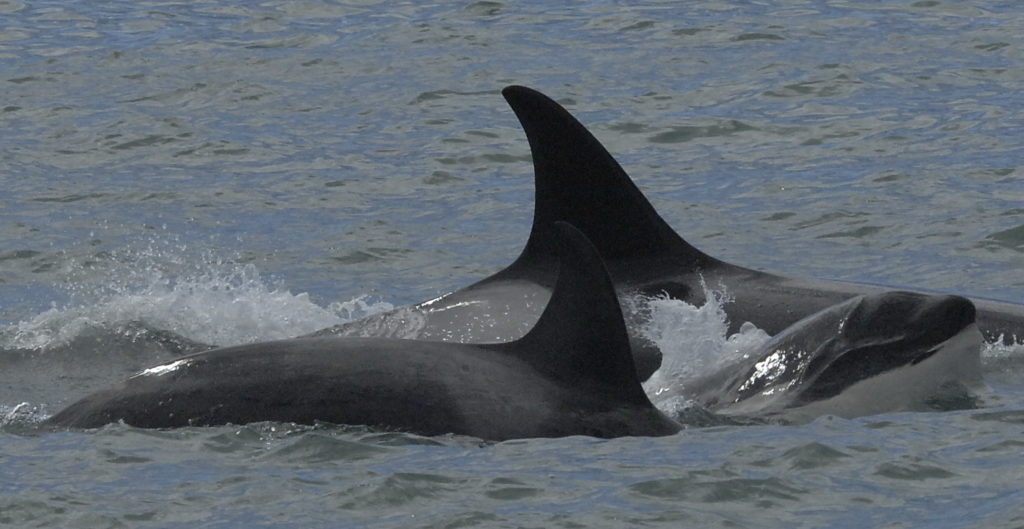
Peer-reviewed scientific publications.
Coscarella, M. A., G. Bellazzi, M. L. Gaffet, M. Berzano and M. Degrati (2015). “Technique used by killer whales (Orcinus orca) when hunting for dolphins in Patagonia, Argentina.” Aquatic Mammals 41(2).
Duignan, P. J., J. E. B. Hunter, I. N. Visser, G. W. Jones and A. Nutman (2000). “Stingray spines: A potential cause of killer whale mortality in New Zealand.” Aquatic Mammals 26(2): 143-147.
Barbieri, M. M., S. A. Raverty, M. B. Hanson, and S. Venn-Watson, J. K. B. Ford and J. K. Gaydos. 2013. Spatial and temporal analysis of killer whale strandings in the North Pacific Ocean and the benefits of a coordinated stranding response protocol. Marine Mammal Science doi: 10.1111/mms.12044, 15 pages.
Colegrove, K. M., J. A. St. Leger, S. Raverty, S. Jang, M. Berman-Kowalewski and J. K. Gaydos. 2010. Salmonella Newport Omphaloarteritis in a Stranded Killer Whale (Orcinus orca) Neonate. Journal of Wildlife Diseases 46: 1300-1304.
Gaydos, J. K., R. W. Osborne, S. Raverty, and R. Baird. 2005. Suspected surplus killing of harbor seal pups by killer whales. Northwestern Naturalist 86: 150-154.
Gaydos, J. K., K. C. Balcomb, III, R. W. Osborne, and L. Dierauf. 2004. Evaluating Potential Infectious Disease Threats for Southern Resident Killer Whales (Orcinus orca): a model for endangered species. Biological Conservation 117: 253-262.
Morin, P. A., K. M. Parsons, F. I. Archer, M. C. Ávila‐Arcos, L. G. Barrett-Lennard, L. Dalla Rosa, S. Duchêne, J. W. Durban, G. M. Ellis, S. H. Ferguson, J. K. B. Ford, M. J. Ford, C. Garilao, M. T. P. Gilbert, K. Kaschner, C. O. Matkin, S. D. Petersen, K. M. Robertson, I. N. Visser, P. R. Wade, S. Y. W. Ho and A. D. Foote (2015). “Geographic and temporal dynamics of a global radiation and diversification in the killer whale.” Molecular Ecology 24(15): 3964-3979.
Parsons E.C., Baulch S., Bechshoft T., Bellazzi G., Bouchet P., Cosentino A.M., Godard-Codding C.A., Gulland F., Hoffmann-Kuhnt M., Hoyt E., Livermore S.. Key research questions of global importance for cetacean conservation. Endangered Species Research. 2015 Feb 18;27(2):113-8.
Raverty S., St. Leger J.A., Noren D.P., Burek Huntington K., Rotstein D.S., Gulland F.M.D., Ford J.K.B., Hanson M.B., Lambourn D.M., Huggins J., Delaney, M. A., Spaven, L., Rowles, T., Barre, L., Cottrell, P., Ellis, G., Goldstein, T., Terio, K. A., Duffield, D. A., Rice, J., Gaydos, J. K. (2020). Pathology findings and correlation with body condition index in stranded killer whales (Orcinus orca) in the northeastern Pacific and Hawaii from 2004 to 2013. PLoS ONE. 15(12):1-31 e0242505.
Sorisio, S. L., A. de Maddalena and I. N. Visser (2006). “Interaction between killer whales (Orcinus orca) and hammerhead sharks (Sphyrna sp.) in Galápagos waters.” Latin American Journal of Aquatic Mammals 5(1): 69-71.
Tang, K., J. Winer, T. McKlveen, M. Etnier, L. Legendre, M. Haulena, M. Delaney, and J. K. Gaydos. 2019. Computed tomography of the mandibles of a stranded offshore killer whale (Orcinus orca). Journal of Comparative Pathology 168:35-40. doi.org/10.1016/j.jcpa.2019.03.001
Visser, I. N. (1998). “Prolific body scars and collapsing dorsal fins on killer whales (Orcinus orca) in New Zealand waters.” Aquatic Mammals 24(2): 71-81.
Visser, I. N. (1999). “Antarctic orca in New Zealand waters?” New Zealand Journal of Marine and Freshwater Research 33: 515-520.
Visser, I. N. (1999). “Benthic foraging on stingrays by killer whales (Orcinus orca) in New Zealand waters.” Marine Mammal Science 15(1): 220-227.
Visser, I. N. (1999). “Propeller scars and known migration of two orca (Orcinus orca) in New Zealand waters.” New Zealand Journal of Marine and Freshwater Research 33(4): 635-642.
Visser, I. N. (1999). “A summary of interactions between orca (Orcinus orca) and other cetaceans in New Zealand waters.” New Zealand Journal of Natural Science 24: 101-112.
Visser, I. N. (2000). “Killer whale (Orcinus orca) interactions with longline fisheries in New Zealand waters.” Aquatic Mammals 26(3): 241-252.
Visser, I. N. (2005). “First observations of feeding on thresher (Alopias vulpinus) and hammerhead (Sphyrna zygaena) sharks by killer whales (Orcinus orca) which specialise on elasmobranchs as prey.” Aquatic Mammals 31(1): 83-88.
Visser, I. N., J. Berghan, R. van Meurs and D. Fertl (2000). “Killer whale (Orcinus orca) predation on a shortfin mako shark (Isurus oxyrinchus) in New Zealand waters.” Aquatic Mammals 26(3): 229-231.
Visser, I. N. and F. J. Bonoccorso (2003). “New observations and a review of killer whale (Orcinus orca) sightings in Papua New Guinea waters.” Aquatic Mammals 29(1): 150-172.
Visser I.N., Cooper T.E. & Grimm H. 2020. Duration of pseudo-stalked barnacles (Xenobalanus globicipitis) on a New Zealand Pelagic ecotype orca (Orcinus orca), with comments on cookie cutter shark bite marks (Isistius sp.); can they be used as biological tags? Biological Diversity. 11(4):1067-1086
Visser, I. N. and D. C. Fertl (2000). “Stranding, resighting and boat strike of a killer whale (Orcinus orca) off New Zealand.” Aquatic Mammals 26(3): 232-240.
Visser, I. N. and P. Mäkeläinen (2000). “Variation in eye-patch shape of killer whales (Orcinus orca) in New Zealand waters.” Marine Mammal Science 16(2): 459-469.
Visser, I. N., T. G. Smith, I. D. Bullock, G. D. Green, O. G. L. Carlsson and S. Imberti (2008). “Antarctic Peninsula killer whales (Orcinus orca) hunt seals and a penguin on floating ice.” Marine Mammal Science 24(1): 225-234.
Visser, I. N., J. Zaeschmar, J. Haliday, A. Abraham, P. Ball, R. Bradley, S. Daly, T. Hatwell, T. Johnson, W. Johnson, L. Kay, T. Maessen, V. McKay, N. Turner, B. Umuroa and D. S. Pace (2010). “First Record of Predation on False Killer Whales (Pseudorca crassidens) by Killer Whales (Orcinus orca).” Aquatic Mammals 36(2): 195-204.

Book Chapters
Copello J.M., Bellazzi G., Cazenave J. & Visser I.N. (2021). Argentinean orca (Orcinus orca) as an umbrella species: Conservation & management benefits. Chapter 1. In: Carvelho Mocellin V, Editor. Contributions to the global management and conservation of marine mammals. Editora Artemis, Curitiba, Brasil, 1-27.
Copello J.M., Bellazzi G., Cazenave J. & Visser I.N. (2021). Orca Argentina (Orcinus orca) como especie paraguas beneficios de su conservacion y manejo. Capítulo 1. In: Carvelho Mocellin V, Editora. Contribuciones a la gestaión y conservación global de los mamíferos marinos. Editora Artemis, Curitiba, Brasil, 1-27.
Gaydos, J. K. (2019). Saving Southern Resident Killer Whales. Pages viii-ix. In For Love of Orcas. (Eds. A.S. McBride and J. McCabe Johnson) Wandering Aengus Press, Eastsound, WA
Visser I.N., Cooper T.E. and Hardie, T. M. (2021). Trials and tribulations: The conservation implications of an orca surviving a stranding and boat strike. A case study. Chapter 6, In: Carvalho de Oliveira A & Carvalho Mocellin V, Editors. Contributions to the Global Management and Conservation of Marine Mammals. Editora Artemis, Curitiba-Pr, Brasil, 102-148.
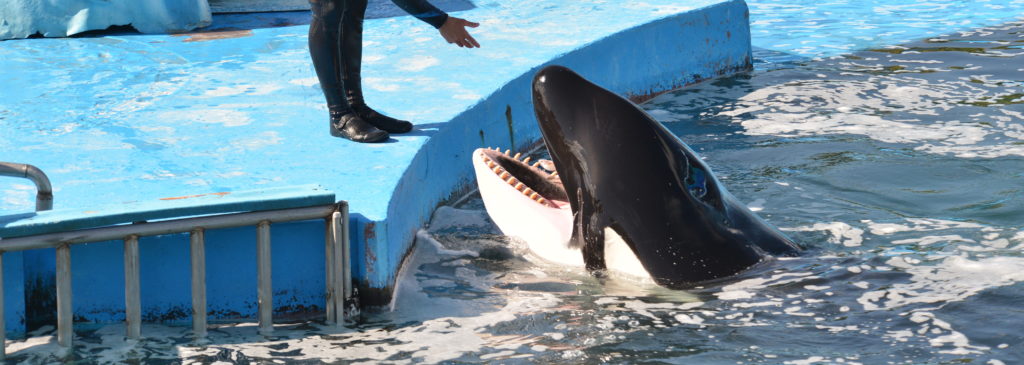
Orca in Captivity (peer-reviewed, book chapters, conference proceedings etc)
Lipman, S. and I. N. Visser (2016). Underlying causes of human behaviour change towards captive orca welfare. The First International Conference on Human Behaviour Change for Animal Welfare, Dorking, UK. 19-21 September.
Marino, L., N. A. Rose, I. N. Visser, H. D. Rally, H. R. Ferdowsian and V. Slootsky (2019). “The harmful effects of captivity and chronic stress on the well-being of orcas (Orcinus orca).” Journal of Veterinary Behavior: 35: 69-82.
Spiegl, M., A. Trouwborst and I. N. Visser (2019). “Mission creep in the application of wildlife law: The progressive dilution of legal requirements regarding a wild‐born orca kept for ‘research’ purposes.” Review of European, Comparative & International Environmental Law.
Spiegl, M. V. and I. N. Visser (2017). Morgan’s Law: A legal prophylactic to compassionately protect rescued cetaceans. Compassionate Conservation Conference. Blue Mountains, Sydney, Australia. 22-24 November.
Visser, I. N. (2015). ‘Rescuing’ cetaceans; Compassionate conservation or just lining aquaria’s corporate coffers? Compassionate Conservation Conference. Vancouver, Canada. 29-31 August.
Visser I.N., Barefoot N.N. & Spiegl M.V. (2021). Wildlife conservation and public relations: The greenwashing of marine mammal captivity. Chapter 5, In: Carvelho Mocellin V, Editor. Contributions to the global management and conservation of marine mammals. Editora Artemis, Curitiba, Brazil, 62-101.

Conference Proceedings
Cazenave J., Copello J.M. and Visser I.N. (2022). Surfing for survival. Poster presented at the 24th Biennial Conference on the Biology of Marine Mammals; 1-5 August; Palm Beach, Florida. Poster ID# 2022376.
Copello J.M., Asheley E., Cazenave J., Gaydos J.K., Montecino-Latorre, Uhart M. & Visser I.N. (2022). Orca (Orcinus orca) social networks change over time at Punta Norte, Península Valdés, Argentina. Poster presented at the 24th Biennial Conference on the Biology of Marine Mammals; 1-5 August; Palm Beach, Florida.
Copello, J. M., Cazenave, J and I. N. Visser (2019). Fifteen years of data reveals insights into some of the most internationally recognised orca (Orcinus orca) in the world (Poster ID #1098). 2nd World Marine Mammal Conference, Barcelona, Spain. 9-12 December.
Duffield, D., J. K. Gaydos, S. Raverty, K. Wilkinson, B. Norberg, L. Barre, M. B. Hanson, P. Foreman, A. Traxler, D. M. Lambourn, J. Huggins, J. Calambokidis, T. McKlveen, S. Dennison, and H. Brubaker. 2016. Wild animal mortality investigation: Southern Resident killer whale L-112 final report. U.S. Dept. Commerce, NOAA Tech. Memo. NMFS-NWFSC-133. doi:10.7289/V5/TM-NWFSC-133.
Emery-Gomez, F. M., B. A. Lutmerding, L. Clowers. R. Daniels, C. R. Smith, L. Barre, K. Gilardi, S. Venn-Watson, and J. K. Gaydos. 2019. Development of a Killer Whale Health Database to Assess Individual and Population Health of Southern Resident Killer Whales (Orcinus orca). In Proceedings of the 68th Annual International Conference of the Wildlife Disease Association. Tahoe, California, August 2019.
Gaydos, J. K., M. Haulena, S. Raverty, B. Lutmerding, K. Wilkinson, L. Barre, B. Hanson, L. Rhodes, T. Rowles, K. Foster, Jeff Foster, P. Cottrell, D. Giles, T. Shedd, J. Durban, H. Fearnbach, and H. H. Nollens. 2019. Cross-border Multi-agency Veterinary Response for a Free-ranging Chronically Ill Juvenile Southern Resident Killer Whale (Orcinus orca). In Proceedings of the Annual Conference of the International Association of Aquatic Animal Medicine, Durban, South Africa, May 2019.
Lauriano, G., R. Eisert, S. Panigada, E. Ovsyanikova, N, I. N. Visser, P. H. Ensor, R. Currey, B. Sharp and M. Pinkerton (2015). Activity, seasonal site fidelity, and movements of Type-C killer whales between the Ross Sea (Antarctica) and New Zealand. Convention on the Conservation of Antarctic Marine Living Resources, Hobart, Tasmania , Australia
Loch, C., K. Stratford, J. Wakefield, R. Oliphant-Stewart, S. White, S. Wilson and I. N. Visser (2017). Dental wear and periodontal disease in wild orcas. Society of Marine Mammalogy. Halifax, Canada. 22-27 October.
Lutmerding, B. A., F. M. Emory-Gomez, L. Clowers. R. Daniels, C. R. Smith, L. Barre, K. Gilardi, S. Venn-Watson, and J. K. Gaydos. 2019. Development of a Killer Whale Health Database to Assess Individual and Population Health of Southern Resident Killer Whales (Orcinus orca). In Proceedings of the Annual Conference of the International Association of Aquatic Animal Medicine, Durban, South Africa, May 2019.
Noren, D. P, S. Raverty, J. K. Gaydos, J. St. Leger, and G. M. Ylitalo. 2019. Killer Whale Necropsies Provide Insight into Relationships Between Killer Whale Body Condition, Health, and Nutritional State, 66th Annual Meeting of the Western Section of The Wildlife Society, February 2019.
Noren, D. P, S. Raverty, J. K. Gaydos, J. St. Leger, P. Cottrell, G. M. Ylitalo, T. Schmitt, K. Baugh, S. Osborne, L. Spavin, and M. B. Hanson. 2017. Using data from trained and stranded killer whales to better understand body condition of endangered Southern Resident killer whales. 22nd Biennial Conference of the Society of Marine Mammalogy, Nova Scotia, Canada, October 2017.
Mäkeläinen P.H., Visser I.N., Cooper T.E. & Cusson M. 2022. Global variation in shape and size of orca (Orcinus orca) saddle patches (poster ID# 2022490). Poster presented at the 24th Biennial Conference on the Biology of Marine Mammals; 1-5 August; Palm Beach, Florida.
Raverty, S., B. Hanson, P. Cottrell, D. Rotstein, S. Dennison, T. Goldstein, T. McKlveen, L. Spavin, and J. Gaydos. 2016. Satellite tag deployment, detachment, and loss of a Southern Resident Killer Whale (L95) in British Columbia, Canada. Proceedings of the Annual Conference of American College of Veterinary Pathologists, December 2016.
Visser, I. N. (2001). Foraging behaviour and diet of (Orcinus orca) in New Zealand waters. Abstracts of the 14th Biennial Conference on the Biology of Marine Mammals, Vancouver, British Columbia, Canada, The Society of Marine Mammalogists.
Visser, I. N. (2002). First photo-identification matches for Papua New Guinea killer whales. Fourth International Orca Symposium, September 23 – 28, 2002, Noirt, France.
Visser, I. N. (2002). Pigmentation as an indicative feature for populations of killer whales. Fourth International Orca Symposium, September 23 – 28, 2002, Niort, France. 23 – 28 September, 2002.
Visser, I. N. (2002). Preliminary cetacean survey in Kimbe Bay, New Britain, Papua New Guinea. SEAMAM II. Second international conference on the marine mammals of Southeast Asia, Dumaguete City, Philippines, July 22 – 23, United Nations Environment Program, Convention on the Conservation of Migratory Species of wild animals.
Visser, I. N. (2007). Killer whales in New Zealand waters: Status and distribution with comments on foraging. 59th Annual meeting of the International Whaling Commission Scientific Committee. Anchorage, Alaska, International Whaling Commission. SC/59/SM19.
Visser, I. N. (2013). Long-term survival of stranded & rescued New Zealand orca (Orcinus orca). Society of Marine Mammalogy. Dunedin, New Zealand.
Visser, I. N., J. Berghan and K. Norton (2007). Killer whales of Antarctica; details gathered via eco-tourism 59th Annual meeting of the International Whaling Commission Scientific Committee. Anchorage, Alaska, International Whaling Commission. SC/59/SM21.
Visser I.N., Copello J.M., Cazenave J. & Cooper T.E. (2022). Individual variation in orca (Orcinus orca) tail fluke pigmentation as a tool for photo-ID (poster ID# 2022358). Presented at the 24th Biennial Conference on the Biology of Marine Mammals; 1-5 August; Palm Beach, Florida.
Visser, I. N. and J. Halliday (2017). Strandings. New Zealand Marine Sciences. Christchurch, New Zealand.
Visser, I. N., J. Halliday, J. Foster, K. Foster and T. Cooper (2017). Welfare vs Politics. Lone orca calf denied humane intervention: A New Zealand case study. 3rd International Compassionate Conservation Conference. Blue Mountains, Sydney, Australia.
Visser, I. N. and K. Hupman (2018). High incidence of boat strikes on orca (Orcinus orca) in New Zealand waters. Society of Conservation Biology (Oceania). Wellington, New Zealand.
Visser, I. N. and K. Hupman (2019). Entanglements in the ‘Nationally Critical’ population of coastal New Zealand orca (Orcinus orca). World Marine Mammal Conference. Barcelona, Spain.
Reports / Thesis etc
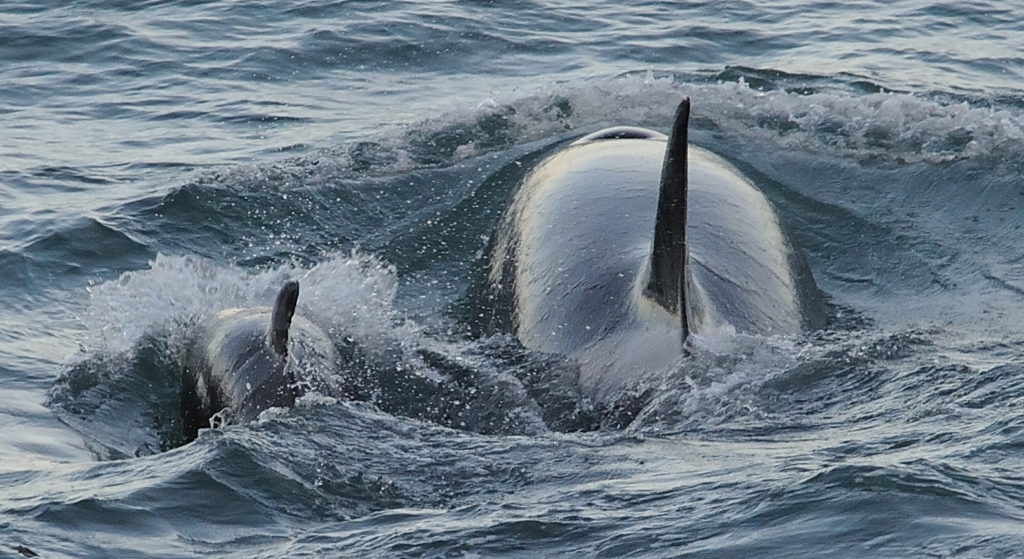
Duffield, D., J. K. Gaydos, S. Raverty, K. Wilkinson, B. Norberg, L. Barre, M. B. Hanson, P. Foreman, A. Traxler, D. M. Lambourn, J. Huggins, J. Calambokidis, T. McKlveen, S. Dennison, and H. Brubaker. 2016. Wild animal mortality investigation: Southern Resident killer whale L-112 final report. U.S. Dept. Commerce, NOAA Tech. Memo. NMFS-NWFSC-133. doi:10.7289/V5/TM-NWFSC-133.
Raverty, S. A., J. K. Gaydos and J. A. St. Leger. 2014. Killer whale necropsy and disease testing protocol. 82 pp. Also available in Spanish / También disponible en español.
Spiegl, M. and I. N. Visser (2015). CITES and the Marine Mammal Protection Act: Comity and Conflict at Loro Parque, Free Morgan Foundation: Pp129.
Visser, I. N. (2000). Orca (Orcinus orca) in New Zealand waters. Ph.D. Dissertation, University of Auckland.
Visser, I. N. (2012). Report on the physical & behavioural status of Morgan, the wild-born Orca held in captivity, at Loro Parque, Tenerife, Spain. Free Morgan Foundation: 35.
Visser, I. N. (2003). Kimbe Bay Preliminary Cetacean Survey Report, Unpublished report submitted to Walindi Plantation Resort and Mahonia na Dari Conservation and Research Centre, P.O. Box 4, Kimbe, West New Britain, Papua New Guinea.
Visser, I. N. and R. B. Lisker (2016). Ongoing concerns regarding the SeaWorld orca held at Loro Parque, Tenerife, Spain. Free Morgan Foundation: 67.
Visser, I. N. (2019) Expert report of Dr Ingrid N. Visser & Rebuttal Report. Submitted to the United States District Court for the Northern District of California. Case No.: 3:15-cv-02172-JSW-JCS (Marc Anderson, Kelly Nelson and Juliette Morizur, Plaintiffs, v. SeaWorld Parks and Entertainment, Defenents.
Whale and Dolphin Conservation Society, L. Dalla Rosa, E. Hoyt, M. Iñíguez, M. M. Moreno, M. Morrice, M. Taylor, V. Tossenberger and I. N. Visser (2002). Orcinus orca a species complex. Report published by the Whale and Dolphin Conservation Society.
